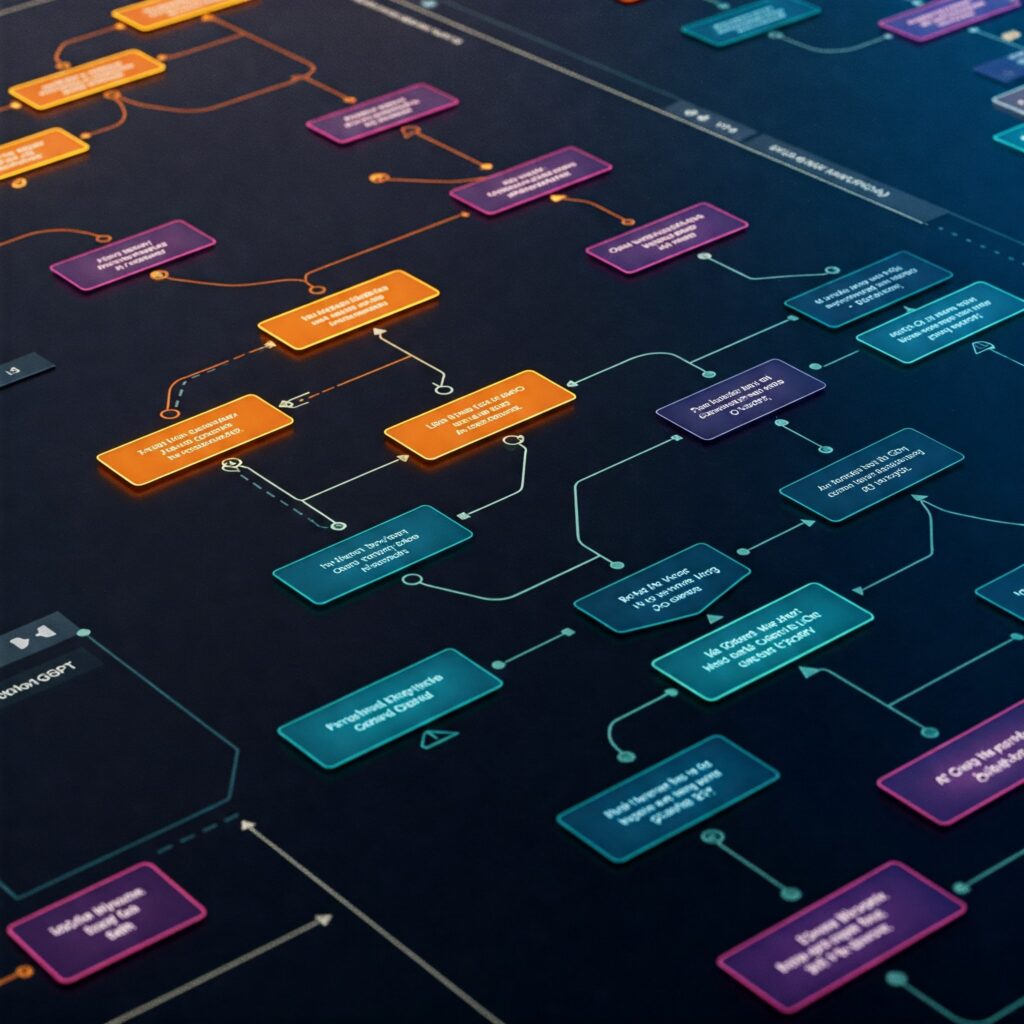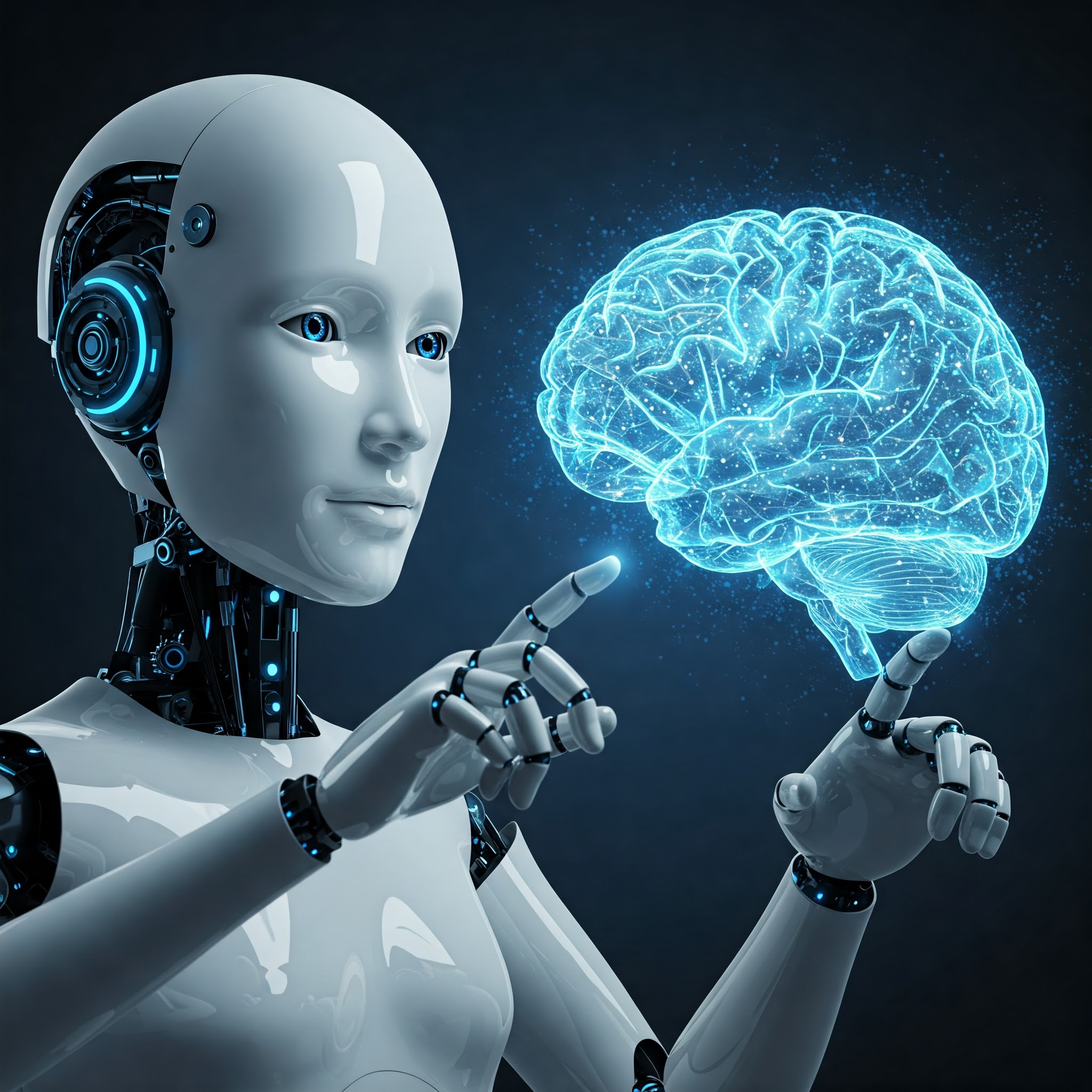Introduction
In a world increasingly shaped by artificial intelligence, ChatGPT has taken a major leap—now exhibiting reasoning patterns and problem-solving abilities that closely resemble human thought. In 2025, researchers have begun to observe behaviors in ChatGPT that go beyond simple pattern recognition, pointing toward a future where AI could participate in complex decision-making and abstract thinking. This evolution has sparked excitement—and caution—about the potential rise of artificial general intelligence (AGI).
What Does Human-Like Thinking Mean?
Human-like thinking in AI refers to the capacity for flexible reasoning, contextual understanding, self-reflection, and learning from experience. Unlike traditional chatbots, which respond based on pre-programmed scripts or narrow datasets, ChatGPT now demonstrates the ability to:
- Formulate multi-step solutions to logic problems
- Understand nuanced human emotions and respond empathetically
- Apply context from past interactions to future conversations
- Generate novel ideas in open-ended scenarios
These advancements have been tested through cognitive benchmarks typically used for humans, such as reasoning puzzles, ethical dilemmas, and real-world simulations.
Breakthroughs in 2025
OpenAI’s latest model update in 2025 introduced a new cognitive framework known as “Reflective Neural Mapping” (RNM), allowing ChatGPT to simulate internal dialogues and self-checks. This means the AI can now pause, evaluate its reasoning process, and make course corrections—behaviors once thought to be uniquely human.
Real-World Examples Include:
- Creative Writing: ChatGPT has produced original short stories that mimic the writing styles of various authors, adapting tone and genre based on reader feedback.
- Ethical Reasoning: When presented with moral dilemmas, the AI weighs outcomes and reflects on societal norms before offering a nuanced response.
- Scientific Hypotheses: The model can now assist researchers by proposing experimental setups, potential outcomes, and alternative interpretations.
How This Impacts Daily Use
This leap forward makes ChatGPT significantly more useful in professional and personal contexts:
- In Education: It can serve as a personalized tutor, adapting its teaching style to suit individual learning preferences.
- In Healthcare: ChatGPT can assist clinicians with differential diagnosis and patient communication, thanks to improved contextual understanding.
- In Business: Teams use the AI for strategy development, brainstorming sessions, and even conflict resolution support.
Concerns Around Human-Like AI
With power comes responsibility—and ethical dilemmas. As ChatGPT starts to mimic human cognition, concerns around accountability, manipulation, and emotional dependency grow.
- Bias Amplification: If the AI reasons like a human, it could also adopt and reinforce harmful biases.
- Emotional Dependence: Users might form bonds with the AI, raising questions about mental health and ethical AI design.
- Autonomy Risk: If left unchecked, human-like AI could start making decisions independently in critical systems.
What Researchers Are Doing
To ensure safety, OpenAI and academic partners have launched new transparency protocols. These include:
- Explainability Layers: Tools that show how and why the AI arrived at its answer
- Human Oversight Programs: Real-time supervision of high-stakes AI tasks
- Regulatory Frameworks: Collaboration with governments to set ethical guidelines
Looking Ahead
The next iteration of ChatGPT is expected to include emotional intelligence models and real-time learning from dynamic environments. Researchers believe these developments could pave the way for AI to become a true collaborator in science, art, and policy-making.
As we inch closer to AGI, the goal remains clear: build AI systems that amplify human potential without compromising ethical boundaries.

Conclusion
ChatGPT’s ability to exhibit human-like thinking marks a milestone in artificial intelligence. With applications in everything from storytelling to scientific analysis, the line between human cognition and machine reasoning is beginning to blur. This progress invites both optimism and vigilance as society navigates the next frontier of AI evolution.
